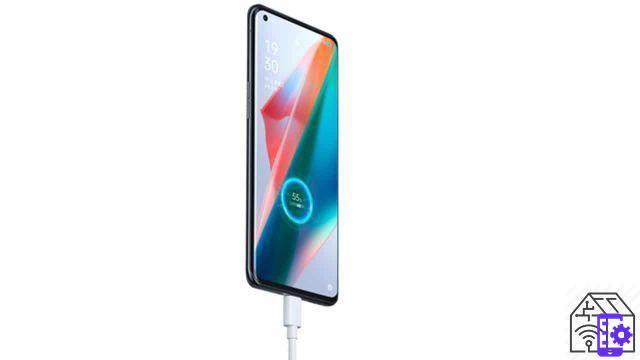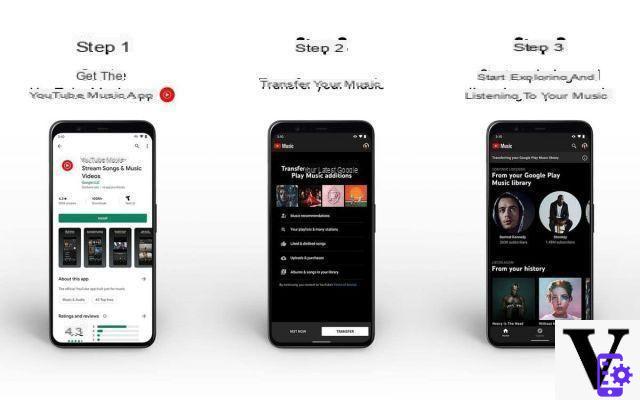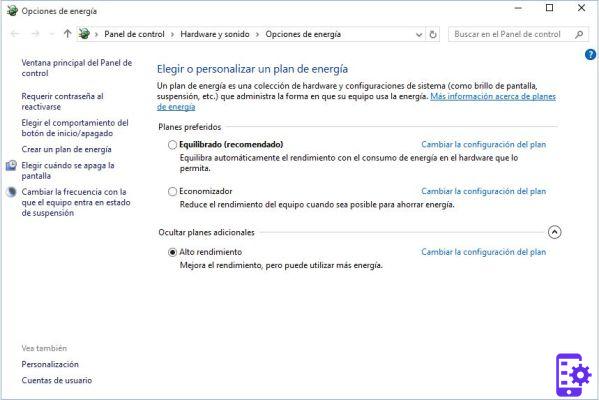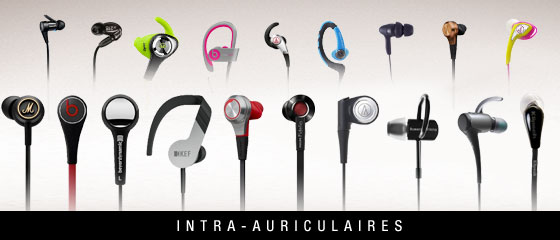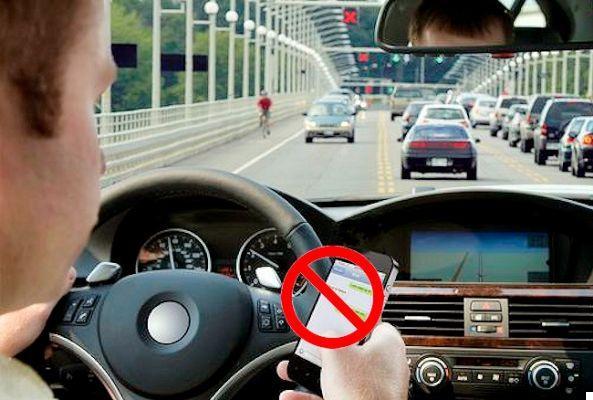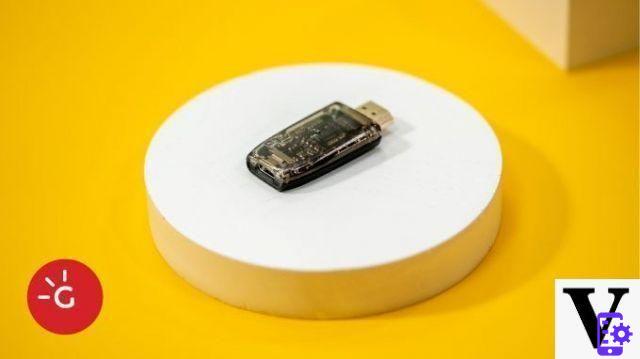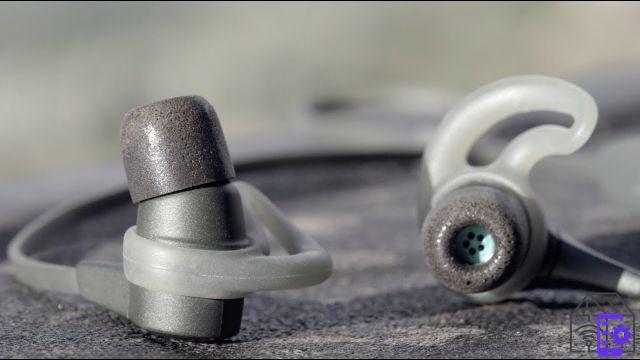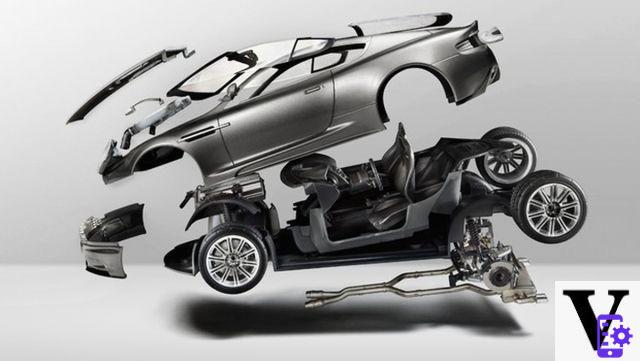
For the second article of the section "Auto for Dummies”We want to tell you about some curiosities that you are not aware of in the world of cars. Small details, tricks and features that you have not paid much attention to but which will always come in handy and with which you can tackle every trip safely.
10 - Which side is the fuel nozzle?
How many times have you happened to not remember which side the fuel filler of your car. If memory is not your strong point, you have recently woken up in the morning or are simply not familiar with the car in question, it is good to point out that in many cars there is a small triangle, or arrow, next to the indicator of the fuel level.
READ ALSO: What is the difference between diesel and petrol? | Auto for Dummies
This symbol indicates the side on which the filler neck is positioned. Convenient isn't it? now you just have to go and read the article in which we explain the difference between a diesel car and a petrol one.
9 - The parking lights
Not all vehicles have this function and, according to the Highway Code, it is not even mandatory. If we are outside a built-up area, it is advisable to leave all four position lights on to improve visibility in the case of not too long stops. In the city, however, if the vehicle is equipped with this function, it is possible to activate the position lights (white on the front, red on the back, amber on the sides) on one side only.
It is advisable to choose the part exposed to traffic, the one opposite the sidewalk or the edge of the roadway to be clear, to make the vehicle more visible. This trick is particularly useful when stopping at a blind corner. So instead of leaving the light switch on, just activate the direction indicator (arrow) corresponding to the side chosen and, depending on the model, leave the main switch off or on. We remind you that not all models are equipped with the function and the way to activate it can be consulted in the vehicle manual.
8 - Amplify the key signal
To find your car in a parking lot, especially if it is very crowded, one of the most convenient things is surely to press the opening control on the key repeatedly, scanning the horizon in search of some intermittent lights.
In case the key's battery is a bit dead or you are actually a bit far from the vehicle, you can use a little trick to increase the signal range. By placing the key on your chin you can "use your head as an antenna”To amplify the signal. Don't worry, there is nothing dangerous or harmful; this trick works and is very useful.
7 - Quickly demisting the glass
It often happens in conditions of cold, humidity or rain that the windows mist up; what is the fastest way to solve the problem? Meanwhile, let's clarify that the fogging phenomenon is due tohumidity present inside the passenger compartment which, in contact with the externally cooled glass, condenses forming the annoying patina. Everyone will be convinced that using hot air eliminates condensation. This is true but if the engine is still cold or you want to speed up the process, the temperature is not enough.
The system air conditioning (AC) in addition to modifying the temperature of the inlet air with respect to that taken in from the outside or from the engine, it provides a flow of dry air, therefore with low humidity. By activating the function, even when the engine is cold, the dry air in contact with the windscreen helps to “carry away” the humidity by demisting the glass more quickly.
6 - Anti-glare system
How many times have different insults and unkind words started to arise in your head when the vehicle behind you, through forgetfulness or inconsistency, leaves the high beams on. In addition to the annoyance, the glare phenomenon can be very dangerous. If you find yourself in such a situation we invite you to use common sense and rather pull over where possible if you are dazzled enough to endanger yourself and others.
That said, most cars are equipped with an anti-glare system, be it automatic or manual. In the most technological cars one photocell it is able to detect the excessive lighting coming from the cars that follow you, in others less equipped or dated it is up to you to notice it. The mirror is actually the superposition of two reflecting panels with different inclinations. The outermost one, normally used, reflects the images in parallel while maintaining their brightness.
In the event of glare, it is sufficient to rotate the central mirror slightly, up or down, to receive the reflection of the secondary mirror, which is darker than the main one. It is therefore not necessary to move the mirror completely to avoid discomfort, giving up the rear view. Cars equipped with this automatic system modify thetilt of the mirror central: the movement may be imperceptible since a few degrees of inclination are enough to vary the reflection.
5 - Measure tire wear with a coin
Tire quality and wear is a key safety feature. The point subject to wear is mainly the tread or the more or less tessellated texture that covers the rubber. The legal safety limit is 1,6 mm and it should be a regular inspection done by the mechanic. If you love do-it-yourself or travel many kilometers, you can, however, carry out this simple check without the appropriate tools.
Turning the front wheels or using the right care for the rear ones, it is sufficient to use a coin instead of a depth gauge. This is obviously an approximate size but inserting a € 1 coin into the tread groove should not show stars on the edge if the tires are in good condition.
For winter tires, however, a € 2 coin will indicate that the rubber must be replaced if the silver outer edge remains above the groove. We also remind you that on average it is necessary reverse the tires front and rear at least once a year, or in any case every 10,000 km approximately, paying attention to the type of traction of the vehicle.
4 - How many kilometers can be covered in reserve
Each of us makes petrol, or diesel, a little when it suits us or as needed. In cold periods, the advice is to keep a good amount of fuel in any case to prevent the condensation of humid air, denser than the fuel, from affecting the performance and ignition of the engine, straining the fuel pump even more if it is very little.
That said, once in reserve the amount of fuel available is around 5 liters, depending on the model, for segment B cars. This value is extremely indicative, however you should be able to travel safely at least 40-50 km without excessive consumption. . In an emergency, when the distributors are far away, driving slowly, you could approach the 100 Km of autonomy; it is always better to leave prepared.
3 - Correctly adjust the mirrors
After having “illuminated” you on the anti-glare system, we want to remind you how to correctly adjust the rear-view mirrors. It may seem trivial, but to position the side mirrors correctly you need to move your head near the window, for the driver's side, and in the center of the passenger compartment, for the passenger side; all trying not to move the torso too much with respect to the seat position.
For the left mirror, once the head has been "placed" against the window, it is necessary to adjust the mirror until the outside of the car occupies almost the entire field of vision. In doing so, you should see no more than in the driving position 1/3 of the side in the side mirror. The same applies to the right-hand mirror: at least 2/3 of it must show the roadway and the remainder the side panels of the car. For the central mirror, less chatter: the view must enclose the surface of the rear window as much as possible. The function of this mirror is in fact to show what the last two are not able to show.
2 - Use the engine brake
To drive safely, another “component” to know and not to underestimate is the engine brake. If you have a car with an automatic transmission you can read this part just for curiosity but in the case of a manual transmission the advantages of knowing how to use the engine brake are not few. No levers or buttons but, for mechanics enthusiasts, the engine is used in retrograde motion or the engine is allowed to temporarily absorb power instead of delivering it.
Downshifting and increasing the number of revolutions you will notice a slowing down of the vehicle, all without touching the brake pedal. Obviously you shouldn't overdo it by over-revving the engine, let alone thinking that you are in a racing car, if you are not, making senseless downshifts before curves, risking locking of the wheels and wear of the transmission.
By engaging a lower gear the engine will try to compensate for the gear ratio by braking the mechanism. This can be used to avoid overloading the braking system in the presence of long descents, for example in the mountains, or contributing to emergency braking when high speed requires a longer time to slow down the car with the traditional brake.
1 - How to consume little
After understanding how much autonomy you have after the reserve light has turned on, some small precautions to consume little in everyday life and in situations of need. Driving style is essential: do not press down hard gas pedal and keeping the engine rpm below 2500 rpm are the first steps in operating the engine in “cruise mode”.
La unit of your machine is programmed to provide maximum power in certain conditions and favor consumption in others. Going to look for the highest gear each time and keeping the accelerator a little higher, consumption will decrease significantly. Other measures are obviously the shutdown of all these systems which, connected to the engine, oppose greater resistance to the alternator and to the various mechanisms, conditioned air first of all.
READ ALSO: Nissan Qashqai presents the new diesel engines
And if it's not excessively hot or cold, you can also help the vehicle's aerodynamics by closing the windows. Beyond about 100-110 Km / h the effect of air resistance begins to be felt consistently and consumption also.
In the next Auto for Dummies article we will deal with a much discussed topic or hybrid and electric cars. We will analyze the differences and peculiarities of these technologies, the EV market and what suits our pockets and the environment more.
Tags10 automotive tips car curiosities 10 things you don't know about cars | Auto for Dummies





